You are here
Afrasiab ceramics.
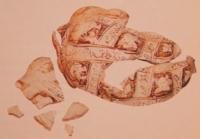
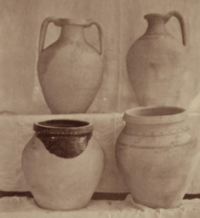
Historical monuments of ancient Samarkand.
“If you follow the ancient maps written on the stars, no person will ever understand you. So if you could read these maps, would you follow them? And forever be misunderstood? Or would you close your eyes tightly and pretend to be like everyone else?”
C. JoyBell C.
Samarkand the routes of the Great Silk Road.
Archeological excavations at Afrasiab revealed the ceramic complex dated from the IXth – XIth centuries. The ceramics represents culture of Samarkand in the period of the Samanids and Qarakhanids.
The Afrasiab ceramics is exposed at the Samarkand Museum of History and Art. First of all, these are perfect dishes and jugs, made on a potter's wheel.
They are decorated with engobe and enamel.
The collection represents the ceramic products without enameling as well. It is worthy to be noted that ornaments on Afrasiab dishes base on "heathen" symbols, sometimes added by Arabian inscriptions with best wishes.
Ancient cultic signs, often of solar character, form a center of round compositions. These are "plait" of happiness, swastika, vegetative "crosses", four-pointed star, white circles within a dot frame, etc.
Intricate vegetative patterns of twisted and woven lines start from the center.
They declare vitality and eternity of natural forces, determining well-being of the people. Such ceramic dish, combining "heathen" solar and vegetative symbols with Muslim good wishes, was doubly consecrated.
They deemed that such utensils could protect a person from malign forces.
The aspiration to combine the grace of Allah with protection of ancient cultic symbols reflected dual mentality and world vision of the Central Asian people in that period.
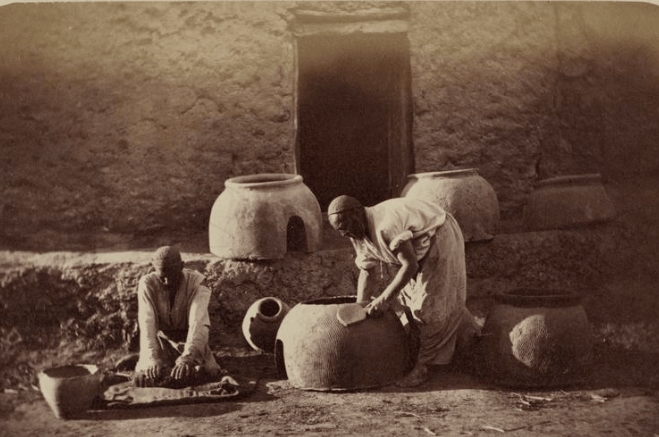
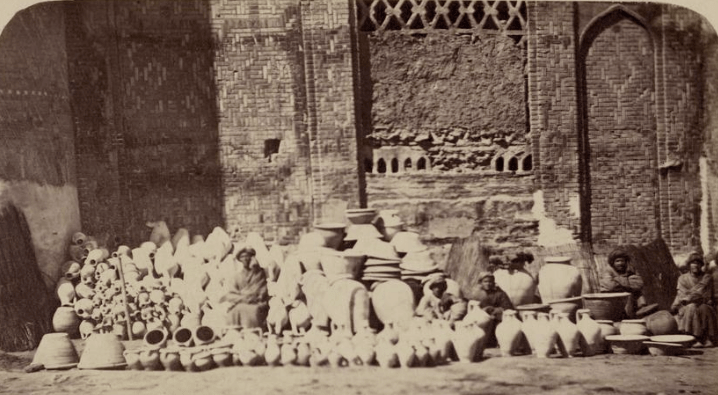
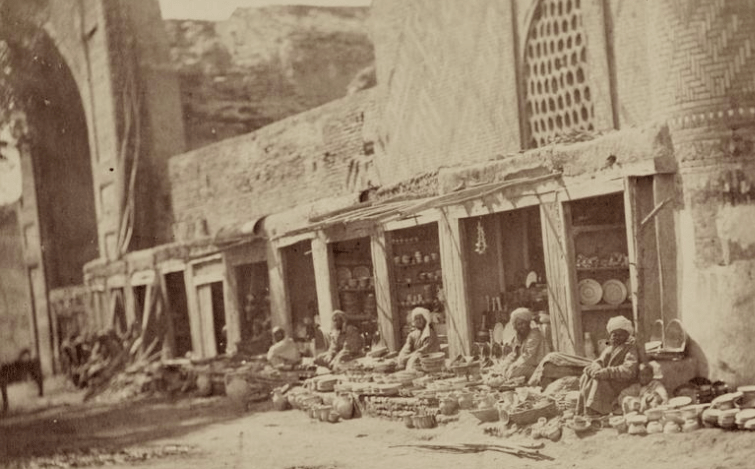
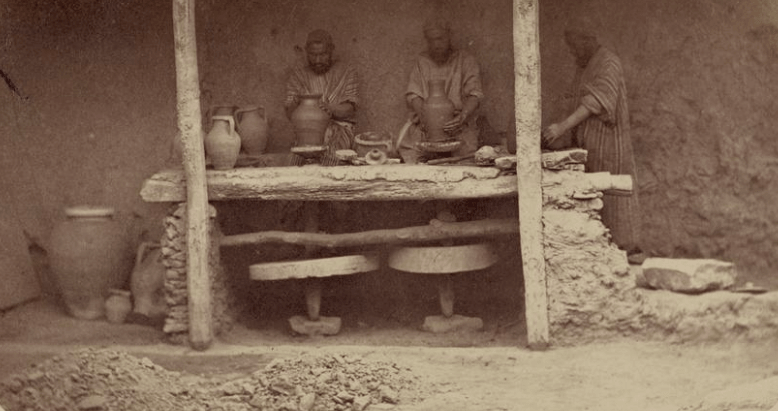
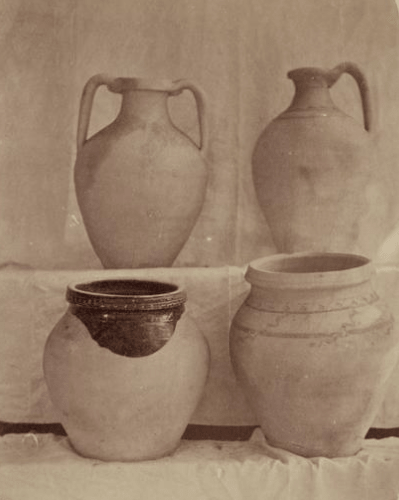
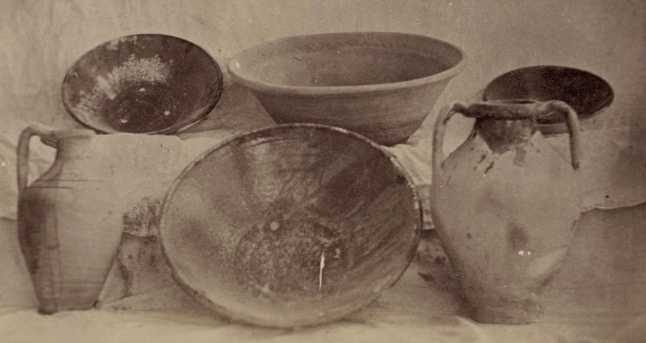
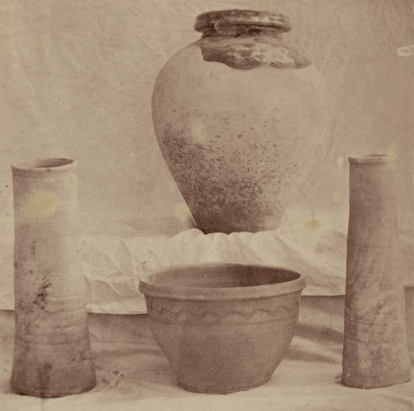
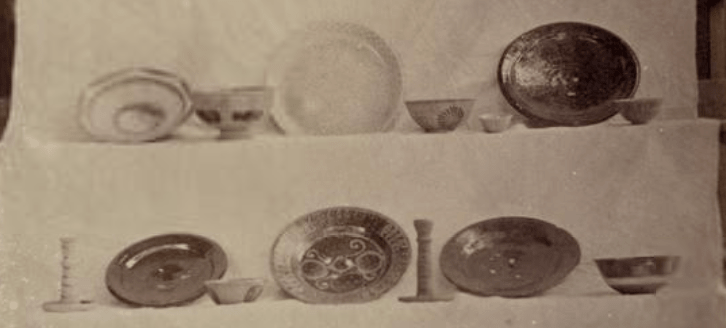
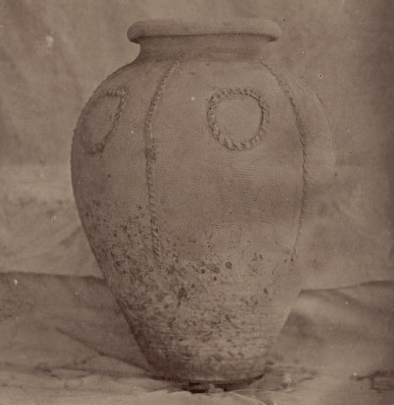
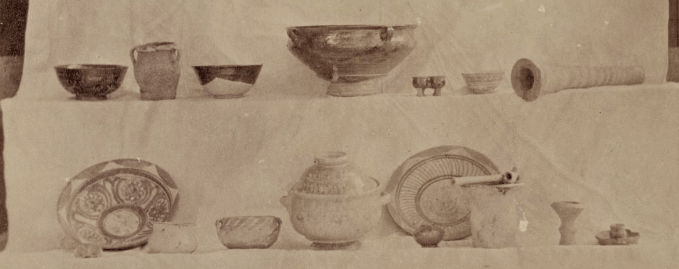
Authority:
Alexey Arapov. Samarkand. Masterpieces of Central Asia. Tashkent, Sanat. 2004.







